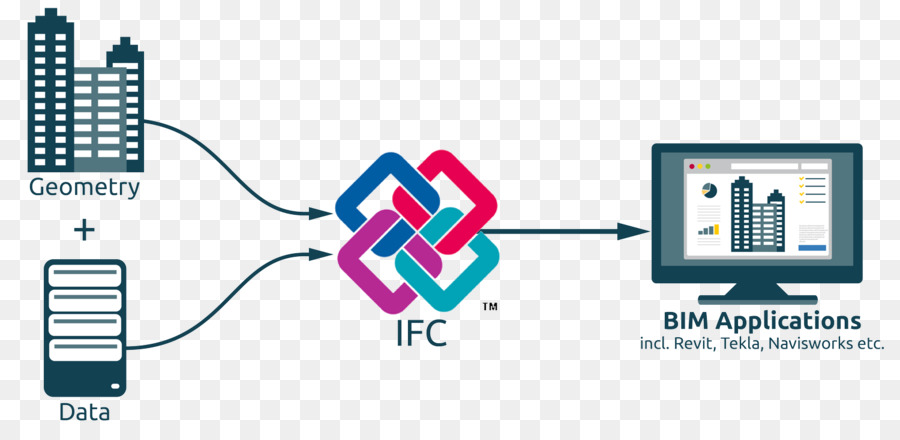IFC: Why now?
Discover how this standard has become mandatory while working with interoperability and BIM projects

What is IFC?
The Industry Foundation Classes (IFC) is a common standard for data exchange in the construction industries. It allows construction professionals to share information regardless of the software application they're using. The data used during the whole lifecycle of a building remains stored and can be used again for multiple purposes. No need to upload it a second time.
IFC, its different uses
With the use of BIM on the rise, the exchange of information is a requirement. These requirements are included in the so-called BEP or BIM Execution Plan, but not all of them are the same. Actually, there is a varying quality of the importers and exporters of BIM tools today, and most of them require custom settings. However and like every tool, IFC has its strengths and weaknesses. It is important to be familiar with them in order to know how to use IFC properly. Let's explore how IFC works!
Once we export, the IFC model contains not only the building geometry and building data but also all the information held in native BIM files. By exporting the native data into an IFC file, the data can be transferred between applications. This operation is free and well documented and allows to be used by hundreds of other BIM tools and applications.
The structure of an IFC model
As we said, a model contains both geometric and non-geometric data about the building project. For example, a window is classified in the building domain and the system as a window. This element contains attributes and properties attached to them, for example, maintenance instruction, model number, size, etc...
The future of IFC
To sum up, IFC is a data model that is used to characterize both building data and geometry across the building lifecycle. It has become an open ISO standard that has the support of the industry and is being promoted by a non-profit global organization. The use of IFC is mandatory for BIM interoperability and the tools that are being used in construction tools that already support this format.
Aware of the significance of working with open standards, buildingSMART International has created a Professional Certification Program. The first part of the Program is called Individual Qualification and aims to standardize and promote OpenBIM training content, support and accredit training organizations and testing and certifying individuals.
It is expected that the program will become a milestone in the construction industry. It will provide a reference for professionals working in BIM, and will also assist employers looking to hire BIM profiles. buildingSMART International will not provide the training itself but will support and accredit training organizations to deliver approved courses. Therefore, when two architects from different countries meet they can speak or work in the same language, although they have different methods.
Nowadays, the Program is being implemented in 12 countries around the world like Belgium, Canada, France, Germany, Ireland, Japan, Korea, Luxemburg, Netherlands, Norway, Spain and the United Kingdom and it's expected to include the rest of the leading BIM countries in the near future.












